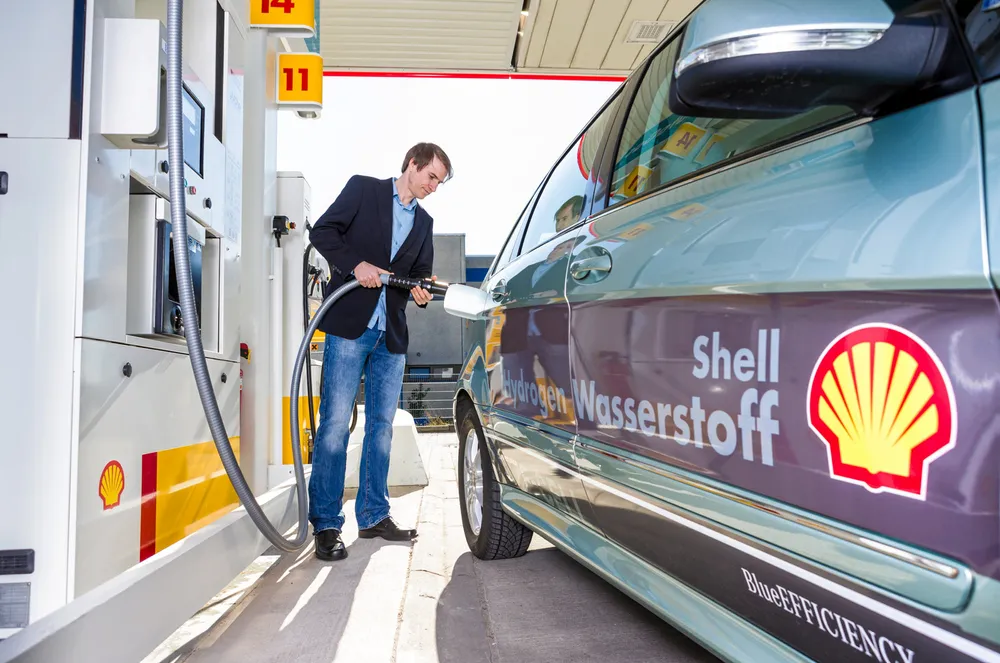EU nations agree to install hydrogen fuelling stations in all major cities and every 200km along core routes
New regulation for the deployment of alternative fuels infrastructure (AFIR) agreed by Council of ministers and European Parliament late last night
